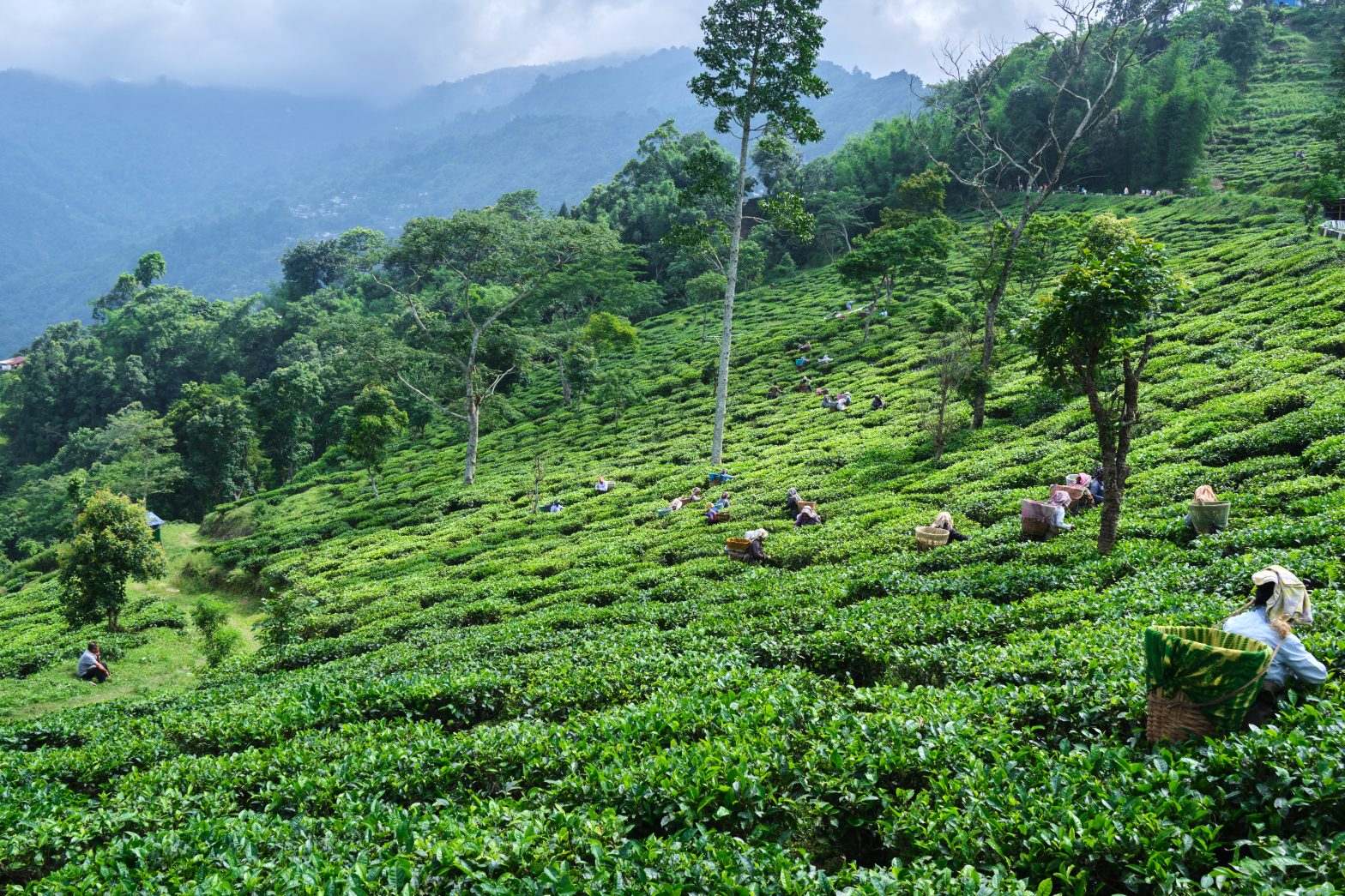When it comes to teas, two names spring to mind – Darjeeling tea and Assam tea. These two varieties are known for their distinctive tastes, aromas, and details among tea lovers. In this blog, we’ll discover the difference between Assam tea and Darjeeling tea and the reason they are both favorites among tea lovers worldwide.
Origins and Geography:
Darjeeling tea is grown in the Darjeeling district in West Bengal. High altitude, well-drained soil, and misty weather are perfect for developing tea in this foothill area of the Himalayas. Assam tea comes from Assam in Northeast India. Assam is a tropical climate with fertile plains and produces strong teas with a malty flavor.
Cultivation and Varieties:
Darjeeling tea is grown generally between 500 and 2,000 meters above sea level. It’s produced out of the Camellia sinensis var. sinensis plant and has delicate, complex flavors. Darjeeling tea is known as the “Champagne of Teas” owing to its floral and aromatic notes.
Assam tea grows in the lowlands of the Brahmaputra River Valley. The humid climate and loamy soil give Assam teas their characteristically strong and fast flavor profile. Assam tea is generally produced out of the Camellia sinensis var. assamica plant and features a robust malty taste.
Flavor Profile:
The difference between Assam tea and Darjeeling tea is largely on the flavor front. Darjeeling tea is known for its light floral notes and nuanced complexity. The tea has a muscatel flavor – referred to as fruity, floral, and nutty. Darjeeling teas have golden liquor and a crisp taste.
By contrast, Assam tea has a strong malty flavor. Assam teas are full-bodied and fast-tasting and go well with milk and sugar. The deep amber liquor gives the tea its warming sensation and distinctively strong aroma.
Processing Methods:
The processing methods used for Darjeeling tea and Assam tea also contribute to their differences. Darjeeling tea undergoes little oxidation like green teas, keeping the delicate flavors and lightness. The leaves are plucked and processed to maintain their taste and aroma.
In the opposite direction, Assam tea is oxidized extensively, giving it a strong flavor. The leaves are machine-harvested and oxidized to reveal the malty sweetness and briskness of the tea. Assam teas lend themselves to blending and are used as breakfast teas due to their strong, awakening properties.
Caffeine Content:
Darjeeling and Assam teas both contain caffeine in small quantities. The lighter and more delicate Darjeeling tea has less caffeine than Assam tea. The mellow, smooth character of Darjeeling tea is a favorite for afternoon tea sessions or relaxing moments.
Assam tea is robust and full of caffeine – a great morning brew. The bold flavors and briskness lend a revitalizing start to the morning and are the right option for all those looking for a great cup of tea to begin their mornings.
Culinary Uses and Pairings:
The floral, delicate flavor of Darjeeling tea lends itself to many culinary pairings. The tea goes well with light pastries, scones, and delicate desserts. Darjeeling tea also appeals to tea connoisseurs who wish to sample its subtle complexity.
In contrast, Assam tea has a strong malty note that is suitable for masala chai and milk teas. The strong flavor of the tea holds up well to spices and sweeteners and is favored for chai. Assam tea goes well with hearty breakfast fare like pancakes, eggs, and bacon.
Cultural Significance and Global Appeal:
Both Darjeeling tea and Assam tea have cultural and historical significance in the tea world. Darjeeling tea is Protected by its exclusivity and unique terroir and has been awarded a PGI status. The associated luxury and refinement make the tea a sought-after choice for tea aficionados worldwide.
Assam tea, known because of its strong flavor and robust character, is used in many classic English breakfast blends. The spread and consistent quality have made the tea a staple in the worldwide tea market. Assam tea’s heritage and association with the region’s tea industry make it an important ingredient in teas.
Conclusion:
The difference between Assam tea and Darjeeling tea is as distinct as their roots and taste profiles. Darjeeling tea has delicate aromas, floral notes, and muscatel flavor; Assam tea has a strong malty flavor. Whether you like light Darjeeling tea or hearty Assam tea, both varieties provide a palate experience that captures the richness and variety of tea.
And so, the next time you make a cup of tea, look at the difference between Assam tea and Darjeeling tea and take pleasure in the specifics that make every variety a treat for tea enthusiasts worldwide. Here’s to enjoying tea appreciation one cup at a time!

